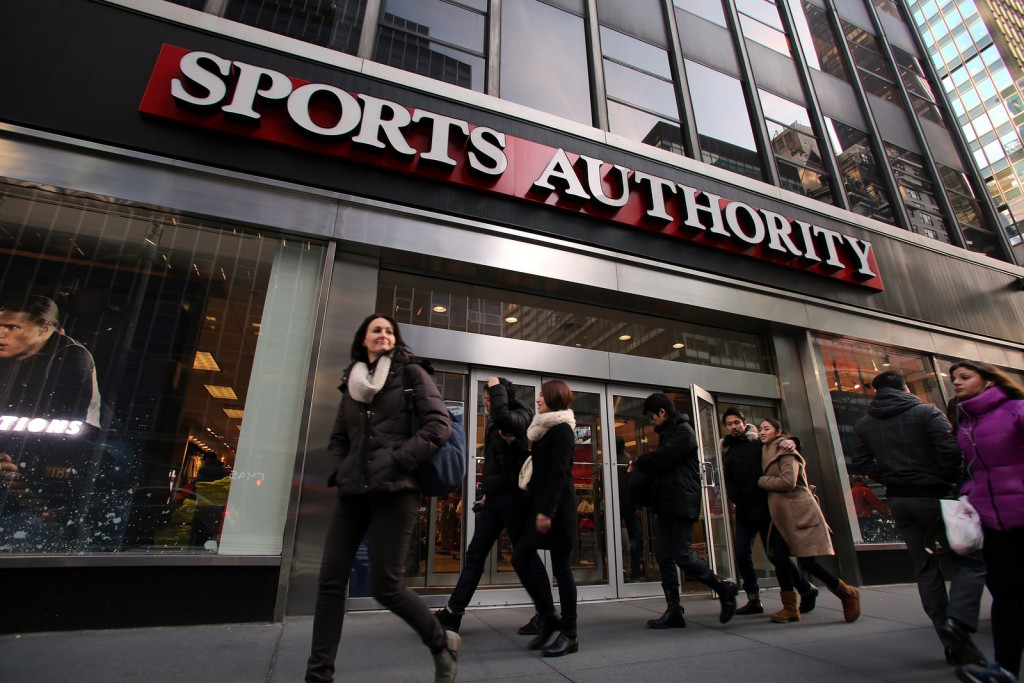
Competition and marketing missteps have hurt the company Sports Authority, formerly the largest sporting goods retailer in the U.S.
On the heels of corporate layoffs and a skipped $20 million interest payment, Sports Authority is said to be deep in discussions with lenders to enable its reorganization under Chapter 11 bankruptcy.
Sports Authority also is reported to be looking at the closure of some 200 of its 450 retail stores as part of the bankruptcy proceedings. The chain once was the largest sporting goods retailer in the nation.
The company is burdened with at least $643 million in debt; the missed payment was due on $343 million of subordinated debt that matures in 2018. Sports Authority is said to be negotiating with bondholders to accept a loss in exchange for other securities. If successful, it expects to be able to avoid a bankruptcy filing.
In late January, Sports Authority, based in Englewood, Colo., laid off 100 people, largely in positions at its corporate headquarters. It said the move was part of a comprehensive operational plan designed to restructure its balance sheet and reduce its debt.
You Might Also Enjoy: The Typical Lifespan of a Business, According to Science
In a statement, the company said the layoffs were “a necessary step in our plan to return Sports Authority to long-term profitable growth.”
Sports Authority is on the 2016 Forbes list of America’s Largest Private Companies. Through its retail network, it generates $3.5 billion in annual sales. It employs approximately 16,000.
The company has struggled with old competition and new – from Dick’s Sporting Goods to Lululemon Athletica – and marketing missteps also have added to the financial pressure. For example, in a $60 million gamble, it bought the naming rights to the Broncos’ football stadium in Denver in 2011, now officially Sports Authority Field at Mile High.
With the Broncos’ recent Super Bowl win, that gamble may win the retailer some additional cachet. Still, as one marketing pundit said to Fox News in Denver: “You’ve got to have a lot more than just a name on a stadium. You’ve got to have a lot more in your budget to leverage, to activate that sponsorship and be able to maximize the value the company can potentially get out of it.”





